- Home / Catalog / Cosmetic Lasers / Erbium Lasers
Aesthetic Erbium Lasers
Nothing found
Erbium Lasers
Erbium lasers are a type of laser that operates at a wavelength of around 1550 nanometers, which is in the infrared part of the spectrum. They are commonly used for a variety of applications, including laser hair removal, laser skin resurfacing, and laser-assisted liposuction. Erbium lasers are known for their ability to remove unwanted hair, reduce the appearance of wrinkles and acne scars, and improve the overall tone and texture of the skin. They can also be used to remove tattoos, but they are less effective at this task compared to other types of lasers such as Q-switched lasers.
Erbium lasers work by emitting a beam of light that is absorbed by the skin tissue. The absorbed energy is then converted into heat, which destroys the targeted cells or tissue. The wavelength of the laser is carefully chosen to be absorbed by certain chromophores (molecules that absorb light) in the skin, such as water and melanin. This allows the laser to selectively target certain structures in the skin, such as hair follicles or pigment cells, while minimizing the damage to surrounding tissue.
Erbium lasers are generally considered to be less painful than other types of lasers, and they have a shorter recovery time compared to lasers that work at longer wavelengths. However, they may not be as effective at treating deeper wrinkles or acne scars compared to other types of lasers, such as fractional lasers. It is important to discuss the potential benefits and risks of treatment with a qualified healthcare provider before undergoing any laser procedure.
Erbium lasers are a popular choice for laser skin resurfacing because they can produce excellent results with minimal side effects. They are often used to improve the overall tone and texture of the skin, reduce the appearance of wrinkles, and smooth out acne scars. Erbium lasers work by emitting a beam of light that is absorbed by the skin tissue. The absorbed energy is then converted into heat, which destroys the targeted cells or tissue. This stimulates the production of collagen, which helps to improve the elasticity and firmness of the skin.
Erbium lasers can be used on a variety of skin types, but they are most effective on lighter skin tones. They may not be as effective at treating darker skin tones because the laser beam is absorbed more by the pigment in darker skin, which can cause unwanted side effects such as hyperpigmentation (darkening of the skin). It is important to discuss the potential benefits and risks of treatment with a qualified healthcare provider before undergoing any laser procedure.
Erbium Laser Contraindication
There are certain contraindications (conditions that make the procedure inappropriate or unsafe) that should be considered before undergoing treatment. Some common contraindications for erbium laser treatment include:
-
Active infections: If you have an active infection, such as a cold sore or an open wound, you may need to wait until the infection has cleared before undergoing treatment.
-
Pregnancy: If you are pregnant or nursing, you should discuss the potential risks with your healthcare provider before undergoing treatment.
-
Certain medications: Some medications, such as blood thinners and certain acne medications, may increase the risk of bleeding or skin irritation during treatment. It is important to inform your provider about all medications you are taking before the procedure.
-
Dark skin: Erbium lasers may not be as effective at treating darker skin tones because the laser beam is absorbed more by the pigment in darker skin, which can cause unwanted side effects such as hyperpigmentation (darkening of the skin).
-
Certain medical conditions: If you have a history of herpes simplex infections, autoimmune disorders, or certain skin conditions, you may need to take special precautions before undergoing treatment.
It is important to discuss your medical history and any concerns you have with a qualified healthcare provider before undergoing any laser procedure. The provider will assess your specific situation to determine if an erbium laser treatment is appropriate for you.
Erbium Laser Benefits
Erbium lasers are a popular choice for a variety of cosmetic and medical procedures due to their many benefits. Some of the benefits of erbium laser treatment include:
-
Precision: Erbium lasers can be precisely controlled to target specific structures in the skin, such as hair follicles or pigment cells, while minimizing the damage to surrounding tissue.
-
Short recovery time: Erbium lasers have a shorter recovery time compared to lasers that work at longer wavelengths.
-
Minimal discomfort: Erbium lasers are generally considered to be less painful than other types of lasers.
-
Effective results: Erbium lasers can produce excellent results in a variety of procedures, including laser skin resurfacing, laser hair removal, and laser-assisted liposuction.
-
Safe: Erbium lasers are generally safe when used by qualified healthcare providers.
Erbium Laser Treatment Protocol
he treatment protocol for an erbium laser procedure will vary depending on the specific condition being treated and the preference of the healthcare provider. However, there are some general steps that are typically followed for most erbium laser procedures.
-
Consultation: The first step in the treatment process is usually a consultation with a qualified healthcare provider, such as a dermatologist or plastic surgeon. During the consultation, the provider will assess your medical history and skin condition to determine if an erbium laser treatment is appropriate for you.
-
Pre-treatment instructions: Before the procedure, the provider will give you specific instructions on how to prepare for the treatment. This may include avoiding certain medications or skin care products, avoiding sun exposure, and avoiding waxing or other hair removal methods.
-
Numbing cream: To minimize discomfort during the treatment, a numbing cream may be applied to the treatment area.
-
Protective eyewear: You will be asked to wear protective eyewear during the procedure to protect your eyes from the laser beam.
-
Treatment: The provider will clean the treatment area and then begin the laser treatment. The laser handpiece will be passed over the treatment area in a series of overlapping passes. The duration of the treatment will depend on the size of the treatment area and the specific condition being treated.
-
Aftercare: After the treatment, the provider will give you specific instructions on how to care for the treated area. This may include applying a protective ointment, avoiding certain activities or skin care products, and avoiding sun exposure.
Erbium Laser Alternatives
There are a variety of laser and non-laser treatments that can be used as alternatives to erbium lasers for certain conditions. Some alternatives to consider include:
-
Fractional lasers: Fractional lasers use a beam of light to create tiny columns of injury in the skin, which stimulates the production of collagen and improves the overall tone and texture of the skin. Fractional lasers can be more effective at treating deeper wrinkles and acne scars compared to erbium lasers.
-
Chemical peels: Chemical peels use a solution to remove the top layers of skin, which stimulates the production of collagen and improves the overall tone and texture of the skin. Chemical peels are generally less expensive and have a shorter recovery time compared to laser treatments.
-
Microdermabrasion: Microdermabrasion uses a handheld device to gently exfoliate the skin and remove the top layers of dead skin cells. Microdermabrasion is a non-invasive treatment that can be used to improve the overall tone and texture of the skin.
-
Topical skin care products: There are a variety of topical skin care products, such as retinoids and alpha-hydroxy acids, that can be used to improve the overall tone and texture of the skin. These products can be used alone or in combination with other treatments.
Erbium Laser Vs CO2 laser
Erbium lasers and CO2 lasers are both types of lasers that are used for a variety of cosmetic and medical procedures. However, there are some differences between the two types of lasers:
-
Wavelength: Erbium lasers operate at a wavelength of around 1550 nanometers, which is in the infrared part of the spectrum. CO2 lasers operate at a wavelength of around 10,600 nanometers, which is in the far infrared part of the spectrum.
-
Target structures: Erbium lasers are absorbed by water and melanin, which allows them to selectively target certain structures in the skin such as hair follicles and pigment cells. CO2 lasers are absorbed by water and carbon dioxide, which allows them to target a wider range of structures in the skin, including blood vessels and collagen.
-
Side effects: Erbium lasers tend to have fewer side effects than CO2 lasers because they are more selective in the structures they target and cause less damage to the surrounding tissue. However, CO2 lasers are generally more effective at treating deeper wrinkles and acne scars.
-
Recovery time: Erbium lasers have a shorter recovery time compared to CO2 lasers, which may be more convenient for some patients.













Connecticut, Delaware, Florida, Georgia, Hawaii, Idaho, Illinois, Indiana, Iowa, Kansas, Kentucky, Louisiana, Maine, Maryland, Massachusetts, Michigan, Minnesota, Mississippi, Missouri, Montana, Nebraska, Nevada, New Hampshire, New Jersey, New Mexico, New York, North Carolina, North Dakota, Ohio, Oklahoma, Oregon, Pennsylvania, Rhode Island, South Carolina, South Dakota, Tennessee, Texas, Utah, Vermont, Virginia, Washington, West Virginia, Wisconsin, Wyoming















